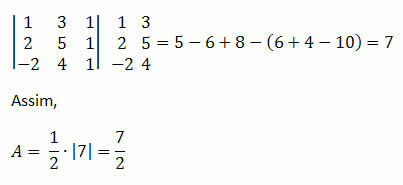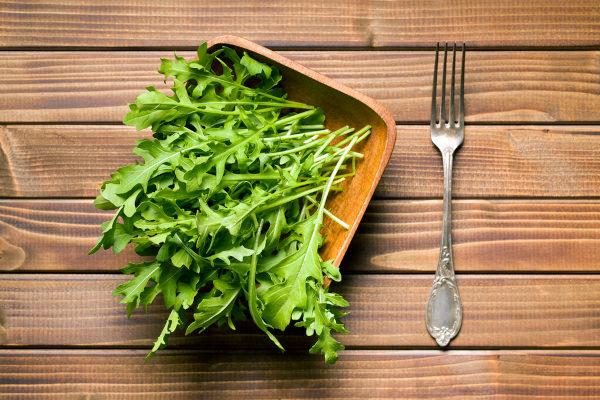What transformations does water undergo when passing to the solid state? We know that water has unique properties compared to other liquids, in this context the solid state will deserve special attention and the property that allows explaining the characteristics of this physical state of matter is the density.
Water in the solid phase is less dense than in the liquid phase, that is, ice is less dense, so it floats on the surface. Thanks to this particularity of the water, underwater life is possible at the poles, which are icy regions. In addition, ice is not a good conductor of temperatures, it works as a thermal insulator. animals below this thick layer of ice are protected from the cold more intense. The external temperature in very cold regions is well below the water temperature.
But what exactly happens to water molecules when they go into a solid state? The water that is in the liquid state has hydrogen bonds joining the atoms, these bonds are constantly broken and remade, this process allows the liquid state. Now in the solid state, these bonds are no longer broken and remain joined in the form of a crystalline lattice, this new shape of water allows ice to float.
After all, what would aquatic life be like if ice didn't float on water? Certainly the animals that live in the coldest regions of the planet would have already entered the list of extinct animals. But unfortunately this reality already exists, global warming is a threat, it is responsible for the melting of the polar ice caps.
By Líria Alves
Graduated in Chemistry
See more!
Melted ice caps: practical class
Source: Brazil School - https://brasilescola.uol.com.br/quimica/gelo-protecao-contra-frio-nos-polos.htm


